New Administration, Same SBA
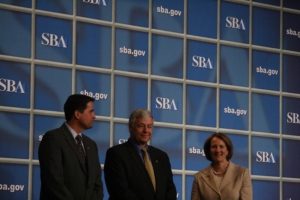 We’ve covered all the most recent changes to the SBA in previous articles in 2023 and 2024, and as 2025 continues, it’s as good a time as any to revisit SBA basics, as they guarantee a great deal of our loans here at Apex.
We’ve covered all the most recent changes to the SBA in previous articles in 2023 and 2024, and as 2025 continues, it’s as good a time as any to revisit SBA basics, as they guarantee a great deal of our loans here at Apex.
No Pre-Qualifications
When you go to buy a car or a house some banks will offer some sort of document that “pre-authorizes” you access to a certain amount of credit. That document helps you to know what you can realistically shop for. On the bank’s side, they are making judgements at that point based on your credit history and current financial situation. Once they have a look at the vehicle or the house, then they have all the information they need to make a final decision and fund the purchase. It doesn’t work that way with business sales.
While the bank may take a look at your driving history or your tenancy record, they aren’t going to interview people who have driven with you or lived with you in order to find out if they should fund a vehicle or a house. Most of our SBA loans are collateralized by existing cash flow in the business. So the bank needs to know that the buyer is going to keep that cash flow going so that they can be made whole (and earn some interest).
What’s Your Story?
They will have some of the same conversations with you that we, as advisors, do. Are you the sort of person who’s in love with the bottom line of a business and what kind of money it will give you? Or are you someone in love with the industry or a specific company and are full of ideas on how you can grow it and make it prosper? We’ll give you one guess as to which profile bankers prefer.
This is because the bankers who work with us, even if they are part of an institution that’s an SBA Preferred Lender, don’t make decisions on their own say-so. They have peers and committees they have to answer to, and they will introduce each loan candidate with a story. The stronger the story, the likelier that the loan will be approved.
This reality is the same now as it was when the SBA (not so very long ago) required 25% down payments, when they required 10% down payments, and even (as we rarely see) when they allow for 5% down if the seller carries the other 5% until the loan is paid.
That reality is also the same no matter what the interest rate is, and yes, rates are higher than what we’ve seen for some time. But businesses are still selling, though some sellers are taking account of the lending market and choosing to be more flexible and accommodating to buyers in deal terms.
A Vital Link
It’s one thing to say the SBA makes our job easier and the job of our banking partners easier, and they do. Without the SBA we wouldn’t be able to fund many of the deals that happen every day here at Apex. But if you zoom out a bit, you realize the SBA makes life in America easier. If the government isn’t willing to take some fees from many who participate in SBA lending (and as we have talked about in previous rule changes, the smallest borrowers do not have to contribute what they used to in the past) in order to provide insurance against businesses who fail before repaying their loan, there simply wouldn’t be a way to get these businesses transitioned to the next generation of owners.
And that’s why, despite which administrations come and go, and which ones promise to cut costs and waste (and some, miraculously, do), the SBA still provides outstanding value for money, and is one of those government agencies that a lot of people, including us here at Apex, are happy to have helping the American people.
Know that you want an SBA loan but not sure which bank to go with? We have a whole posse of bankers we trust we’d be happy to introduce you to. Give us a call.
Photo courtesy of Shashi Bellamkonda.

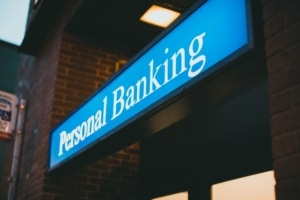 While we’ve talked about some
While we’ve talked about some 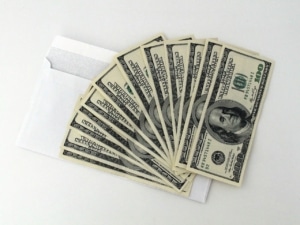 Many who were holding SBA loans in 2020 saw their interest and principal payments automatically made for six months due to provisions made in the CARES Act. Some new funding has been released for a second version of this program in 2021. But changes have been made by the SBA in February, so we wanted to ensure our readers got the most current and accurate information.
Many who were holding SBA loans in 2020 saw their interest and principal payments automatically made for six months due to provisions made in the CARES Act. Some new funding has been released for a second version of this program in 2021. But changes have been made by the SBA in February, so we wanted to ensure our readers got the most current and accurate information. One of the final acts of the outgoing administration in Washington was the signing of a bill that had $284B allocated for a second round of the
One of the final acts of the outgoing administration in Washington was the signing of a bill that had $284B allocated for a second round of the  A lot has happened since we first wrote about the
A lot has happened since we first wrote about the 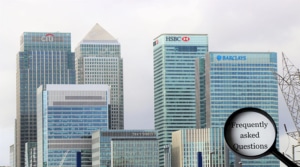 We are still watching deals happen during this unique year in our history. What we’ve begun to notice more and more is that banks are asking more questions. With an overall feeling of caution in the air, an industry already known for its caution in “normal” times has become even more cautious.
We are still watching deals happen during this unique year in our history. What we’ve begun to notice more and more is that banks are asking more questions. With an overall feeling of caution in the air, an industry already known for its caution in “normal” times has become even more cautious.  A Shared Goal
A Shared Goal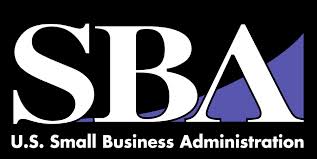 The majority of acquisitions require some level of bank debt to facilitate the transaction and to greatly enhance returns for the buyer. In most cases, buyers want to use as much bank money as possible and utilize their own personal funds for working capital and for family needs.
The majority of acquisitions require some level of bank debt to facilitate the transaction and to greatly enhance returns for the buyer. In most cases, buyers want to use as much bank money as possible and utilize their own personal funds for working capital and for family needs.